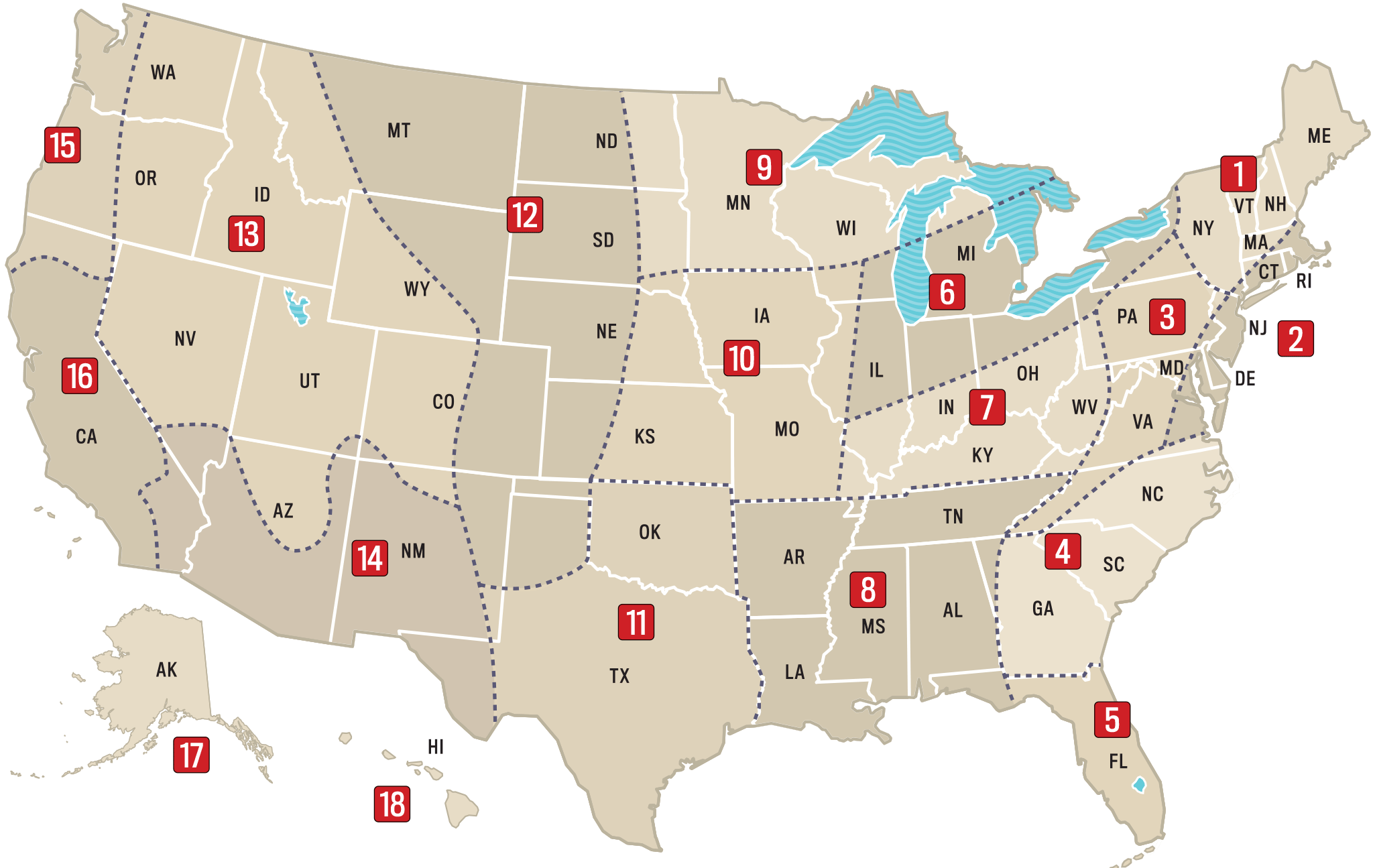In the realm of age-old debates like Democrats vs. Republicans and Coke vs. Pepsi, there exists another rivalry that’s been ongoing for centuries—the weather forecasting rivalry between almanacs. The venerable Old Farmer’s Almanac, tracing its roots back to 1792, is the latest contender to weigh in on what winter holds for Delaware and beyond.
An Impressive History and Leadership
With a claim to weather prediction dating back to the days of George Washington’s presidency, the Old Farmer’s Almanac carries a rich heritage. Carol Connare, the 14th editor of the publication and the second woman to hold the title, leads the charge.
Winter Forecast for Delaware and the Atlantic Corridor
Delaware finds itself in the Atlantic corridor, alongside eastern Virginia, Maryland, southeastern Pennsylvania, parts of New Jersey, southeastern New York, Connecticut, Rhode Island, and southeastern Massachusetts. The almanac predicts above-normal winter precipitation and snowfall for this region, anticipating 2 to 3 inches above monthly averages.
The snowiest periods expecting at the end of December, late January, and mid-February. However, despite the snowy outlook, winter temperatures are predicted to be above normal overall, with December slightly above average, while January and February dip below average. The coldest stretch is projected from late January into mid-February.
Detailed Forecasts and Methods
For those seeking more specific forecasts, the almanac provides detailed predictions by area and date. The Old Farmer’s Almanac relies on three primary scientific methods for long-range predictions:
Solar Science: This method studies sunspots and other solar activity.
Climatology: It delves into prevailing weather patterns.
Historical Data: The almanac combines solar patterns and historical weather conditions with current solar activity to predict trends and events. Emphasizing temperature and precipitation deviations from averages, they utilize 30-year statistical averages prepared by government meteorological agencies.
Comparing the Almanacs: A Similar Winter Outlook
Competitor Farmers’ Almanac, established in 1818, provides a similar winter forecast, especially for the I-95 corridor stretching from Washington to Boston. Last winter’s lack of wintry precipitation in this area is set to be replaced by an abundance of rain, sleet, and snowstorms.
How Accurate Are These Forecasts?
Both almanacs claim high accuracy rates for their long-range predictions. Fans of the Old Farmer’s Almanac attest to its accuracy, citing a success rate of approximately 80% to 85%. Farmers’ Almanac echoes a similar sentiment, stating that their forecasts are often very close to their traditional claim of 80% accuracy.
However, a study conducted by the University of Illinois suggests a more tempered view. Professor emeritus John Walsh, from the university’s Department of Atmospheric Sciences, compared The Old Farmer’s Almanac’s forecasts of monthly temperatures and precipitation with actual weather data over a five-year period. The findings suggest that the accuracy of such long-range predictions may be closer to a coin toss.
In Conclusion: A Tale of Weather Forecasts and Rivalry
As winter approaches, the debate between almanacs continues. While these venerable publications offer insights into the weather, their accuracy remains a topic of discussion. Whether you rely on tradition or scientific methods, the anticipation of winter’s chill and the allure of snowfall remain undeniably exciting.
